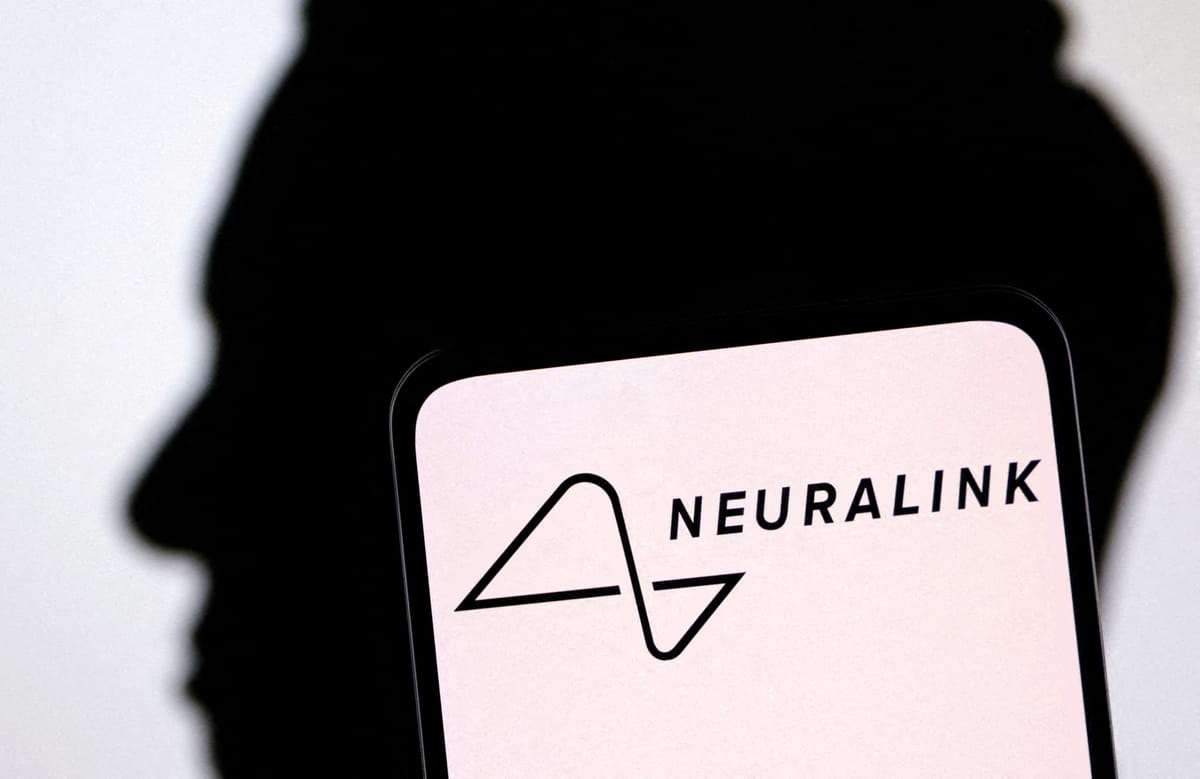Neuralink's first human trial sees a breakthrough
On Monday, Elon Musk announced that the first person in Neuralink's human trial could control a computer mouse using only their thoughts.

A few minutes every morning is all you need.
Stay up to date on the world's Headlines and Human Stories. It's fun, it's factual, it's fluff-free.
The backstory: Neuralink, a brainchild of Elon Musk founded back in 2016, is on a mission to merge brains with computers. The concept is all about letting people control devices using just their thoughts. Imagine being able to type or move a cursor without lifting a finger. Neuralink's ultimate goal is to assist people dealing with conditions like paralysis, blindness or epilepsy by directly linking their brains to this technology.
But it's been a bit of a bumpy road. The company has conducted trials involving brain implants in monkeys, with some of them able to play video games with their minds. But, there's been backlash over reported cases of animal deaths during these experiments. But that hasn't slowed Neuralink down. After receiving the FDA's green light for human trials last year, the company is reportedly looking at involving 22,000 participants by 2030 to try out these brain implants.
More recently: Last month, Musk announced that Neuralink had successfully pulled off its first human implantation surgery. He also revealed Neuralink's first product, Telepathy, aimed at people with limb disabilities. "Imagine if Stephen Hawking could communicate faster than a speed typist or auctioneer. That is the goal," he wrote, referring to Telepathy.
During these trials, surgeons implant a tiny chip into the part of the brain that controls movement with precise robotic surgery. This chip captures brain signals, allowing users to interact with computers or devices through an app. Initially, the focus is on basic tasks like moving a cursor or typing using only thoughts.
The development: On Monday, Musk announced that the first person in its human trial could control a computer mouse using only their thoughts. In an X Spaces event, he expressed optimism about the patient's progress, mentioning a full recovery without any problems. This ability to move the mouse just by thinking is a big step forward in Neuralink's goals. The team is now working on nailing down more movements, like left and right clicks and dragging.
Key comments:
"Progress is good, patient seems to have made a full recovery … and is able to control the mouse, move the mouse around the screen just by thinking," said Elon Musk at an X Spaces event. "We're trying to get as many button presses as possible from thinking, so that's what we're currently working on is – can we get left mouse, right mouse, mouse down, mouse up," he said, "which is kind of needed if you want to click and drag something, you need mouse down and to hold on mouse down."
"Enables control of your phone or computer and through them almost any device, just by thinking. Initial users will be those who have lost the use of their limbs," said Musk last month in a post about Telepathy on X.
"This is the result of incredible work by the Neuralink team in close collaboration with the FDA and represents an important first step that will one day allow our technology to help many people," said Neuralink last year.




Comments ()